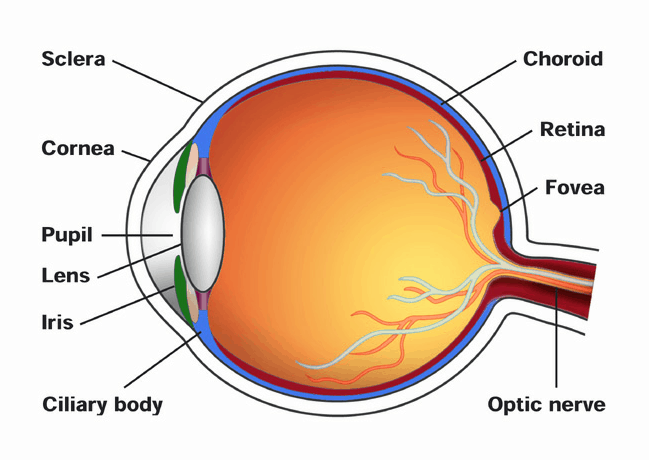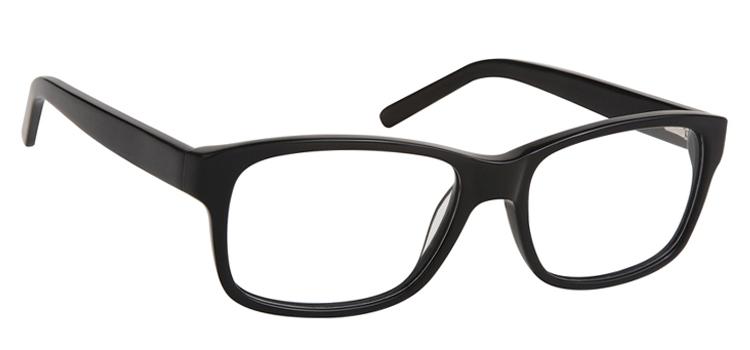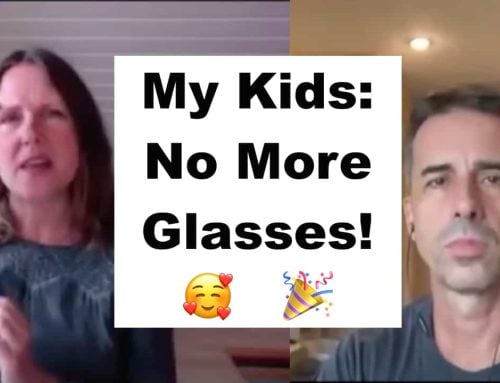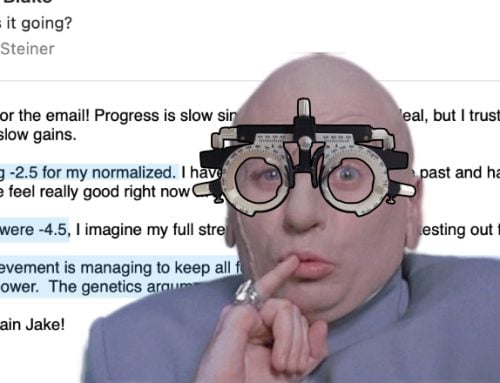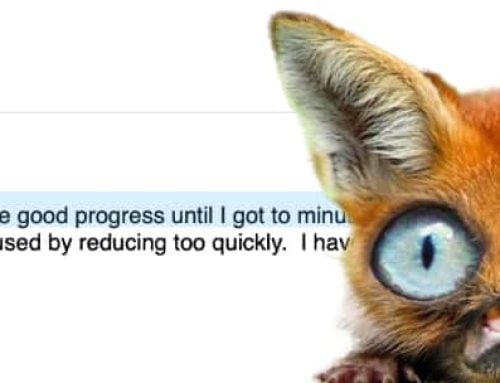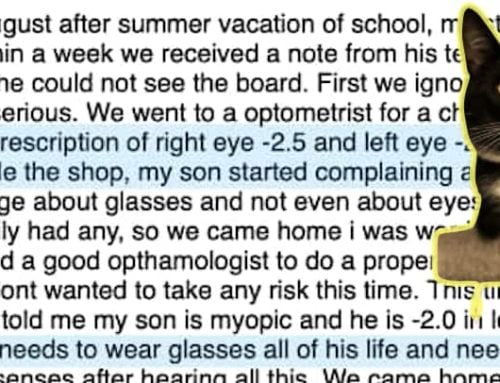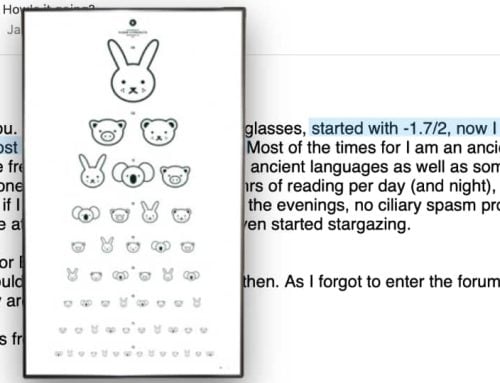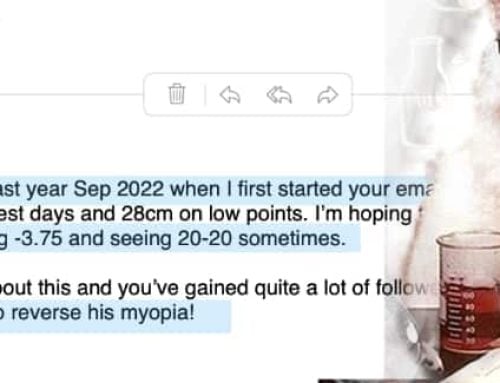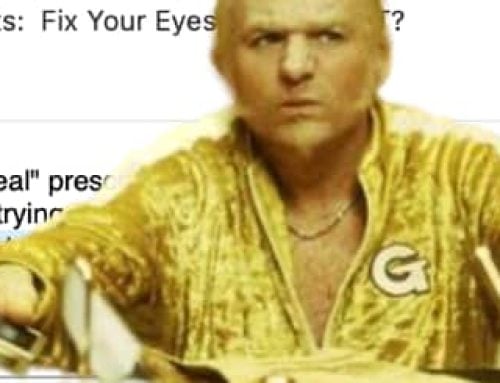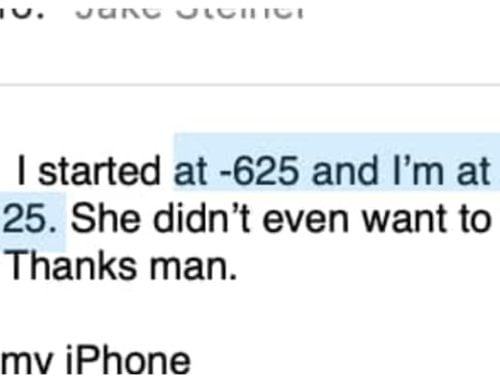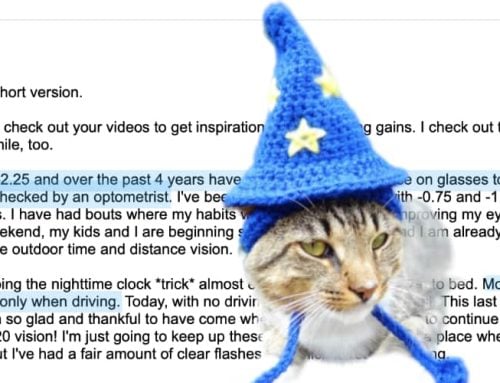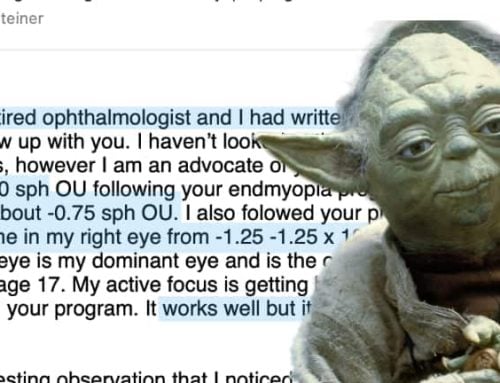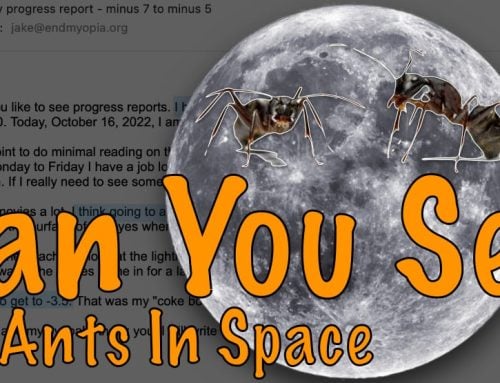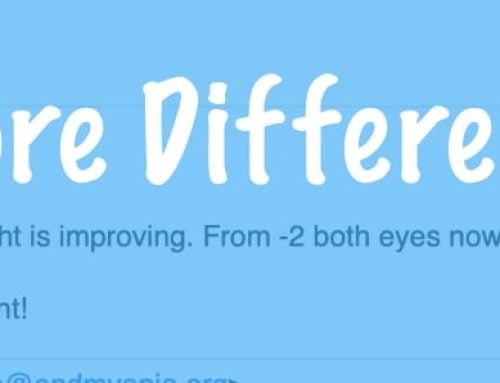Overprescription, with any sort of serious medication, is generally something most medical practices avoid – for all the obvious reasons. This is unfortunately not the case in optometry. In optometry, prescriptions are made for the maximum possible degree of correction. It is certainly bad news for your long term vision health.
Overprescription Is The Optometry Standard
There is a reason for this, which is that our eyes are not a static system. Our eyes are very complex, ready to adapt to many distances and lighting conditions.
You can see well in bright light and at a two centimeter distance, and well in dusk 20 meters away (at least with healthy vision, you should be able to). That’s an amazing range for our biology, and of course as far away from the idea of “static”, as possible.
The human eye. A highly complex system to interpret light.
Not so, for glasses. Glasses don’t account for any lighting or distance change. They’re just a piece of glass. They create a focal plane just for one single distance.
What happens when we try to fix a highly dynamic system with a static one?
We have to account for all circumstances. The worst possible lighting, the largest possible distance. Since glasses are the stone age equivalent of medical science (though quite profitably so), we have to get you the most possible prescription, so you can see clearly in even the most apocalyptic scenario.
Glasses. Myopia Treatment Straight From the 16th Century.
And since most of your vision needs don’t include any apocalypse, for the most part you are just (possibly) entirely overprescribed for the occasion at hand.
Then we have cases like Inge, as she describes in the forum:
All measurements taken without glasses.
Centimeters from Snellen chart to unreadable 20/20 line
* Left: 140
* Right: 156
* Both: 166
Centimeters to blur line Mobilephone app:
* Left: 75
* Right: 83
* Both: 86
At 08.05 after using computer working and eating breakfast.
From 2,9 meters in the room fully lit. Snellen chart at work.
* Left: 20/70 (Blur)
* Right: 20/70 (blur)
* Both: 20/50 almost 20/40
—
There are lots more measurements, I just took the best ones for maximum effect. See Inge’s whole post here.
What happens when we address prescription use?
Inge could pass the driver’s license test, in a matter of two months, without glasses.
This, if one were to ask an optometrist, would be somewhere between miraculous, and impossible. The optometrist isn’t versed in medical science however, he/she sells lens prescriptions. What if you actually want to fix your vision, rather than mask the symptom?
Understanding The Myopia Symptom
There are only two drivers of myopia. There is NITM (near induced transient myopia), the first stage of shortsightedness. And then there is lens-induced myopia, which is directly caused by the “treatment” advocated by the optometrist.
Understand the cause, address it, prevent or reverse myopia.


